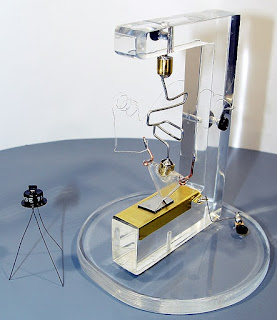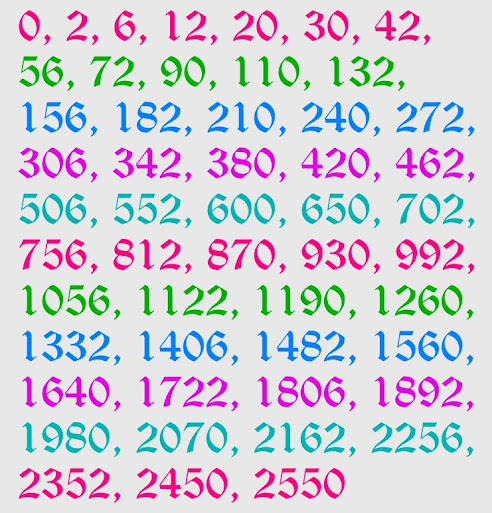Galaxy Day - December 30

On this date in 1924 a meeting of the American Astronomical Society began that presented conclusive evidence that the Andromeda Galaxy is separate from our own Milky Way Galaxy . For the first time, we could be certain that our universe consisted of galaxies separate from one another. (For the record, this idea had been kicking around for a couple hundred years.) This was primarily the work of Edwin Hubble , who used the Hooker Telescope to determine the distance from us of Cepheid variable stars within Andromeda, convincing the astronomy community that they were way outside what we'd consider to be the Milky Way stars. Today we know there are a lot more galaxies than Andromeda, though exactly how many are out there is still a work in progress. A few years ago the estimate was around 2 trillion, but that's been revised downward to more like 200 billion. So take some time today to think about these giant gravitationally connected groups of stars and other matter. Hubble ESA...



